When we talk about the most influential voices in modern realistic tattooing, one name stands out with unmistakable clarity: Thomas Carli Jarlier. Known for his signature technique blending greywash with opaque greys, Thomas has carved out a unique space in the world of portrait realism, inspiring a generation of tattoo artists worldwide. Based in the heart of France, where he runs his renowned studio Noire Ink, Thomas combines technical mastery with a deeply personal artistic vision rooted in both fine art and emotion.
Whether you’re a long-time admirer or discovering his work for the first time, this is an inspiring glimpse into the mind of an artist who continues to shape the art of tattooing with passion, humility, and relentless innovation.
How would you introduce yourself?
I’m Thomas Carli Jarlier, tattoo artist since 2012, owner of Noire Ink. I’m the guy who decided to mix greywash and opaque greys techniques to achieve the specific soft rendering in portraiture that you can now see a lot in today’s realistic tattooing.
How did your journey in tattooing get started?
I have started getting tattoos on myself very young, it has always “called” for me. My mom, as a painter and art teacher, gave me a lot of training in art and techniques when I was young, so I have made a connection between both art forms. I have started tattooing while getting my music degree in London, in 2010, quite spontaneously, and it definitely was not an orthodox pathway into the profession. But it has completely swept me in and soon I have worked up a massive passion for the art of tattooing, that is, to this day, the one things that keeps me going.
Where are you based?
My Studio Noire Ink is based in Clermont Ferrand, in the heart of France. This is my land that I truly love. I come from here, and I feel a deep connection to my roots. I have been traveling less in recent years because I feel the most at strength when I’m here, in my mountains.
How would you describe the tattoo scene in France these days?
There is good, but also, of course, there is the bad. There is a lot of new talent with good quality work, techniques and artistry, because there is now easy access to educational materials on tattooing. but at the same time too many artists try to cater to the rules of social media “to win this game” and instead of focusing on producing good work act as influencers or fake their work. As a result a lot of mediocre work has been glorified thanks to the artists dancing or comedy (or photoshopping) skills.
The unspoken rules of tattooing from the past, such as respect the ones that came before you, or leave space for other to exist, don’t matter anymore.
How would you define your tattoo style?
I work in photorealism. I work in my signature technique based on mixing greywash and opaque greys that I have been developing for more than 10 years now and that I teach in my workshops.
My guilty pleasure in tattooing is abstract realism, where I mix realism with more contemporary art forms. This style allows adding a lot of fluidity to a composition and make it flow effortlessly on the body part. I wish I could do it more!
What kind of tattoo projects do you like to do the most?
My favourite kind of composition is a mix of pure realism and organic natural textures, such as stone, wood, water. It’s very time and effort consuming, but it offers a truly impressive rendering. It makes you feel like the tattoo is carved into the body part.
What’s the main source of inspiration for your tattoos?
I’m a big fan of vintage portraiture. There is something special that the old black and white film cameras could capture that is not present anymore with digital. The contrast is what I look out for. In my compositions, I like to play with the idea of duality of order and chaos. I like to balance organic, natural forms with artificial shapes.
What’s the most challenging aspect of being a tattoo artist in 2025?
I think that staying relevant in high-paced, superficial modern times is a big challenge. You don’t have time for slow living anymore. From every corner, “inspirational talkers” are yelling at you to keep grinding, and each day grind more than yesterday. It can take a toll on mental and physical health. It’s not enough anymore to do good, solid work. You need to top it up with an appealing image.
What’s the most rewarding aspect of being a tattoo artist?
The most rewarding thing is to create a piece that you are truly proud of, techniques and artistry wise. To see the customer walking away happy. And of course to receive healed photos that make you feel proud of your work. It’s that simple.
Do you remember the first tattoo convention you have ever been to?
I have been visiting tattoo conventions way before I have started tattooing. It always seemed like an unreal parallel universe, breathing freedom and edge, where you can be who you want to be.
What’s your primary reason to attend a tattoo convention?
Frankly, I mainly go to conventions to have good time with the studio artists and meet old tattoo acquaintances. In the past, I used to work non-stop at tattoo shows, but now I like to take my time and just enjoy the moment.
What’s your favorite tattoo convention so far? And why?
I enjoy the convention of Deauville – everything is great: the city, its spacious location in the center, the host, the organization.
What advice would you offer to someone considering a career as a tattoo artist?
Do it for the right reason. That reason is the love of the art. I really love tattooing as a process, and I feel very protective of it. Don’t come in thinking you will make a quick dollar or become an icon overnight. Be ready to put in the hard work, a lot of it. To become good, you need to become obsessed with it.
Who are the people you admire the most within the tattoo community?
There are contemporary tattoo artists that I have a lot of respect for because of their recognizable and impressive work. You can feel the passion that comes through their pieces. Nissaco in ornamental, Neon Judas, Samohin, Kindamo, David Vega.
What’s your biggest accomplishment as a tattoo artist?
I do believe that my legacy in tattooing is the signature soft rendering technique that I have introduced, and a lot of great artists have adopted. After years of tattooing I was able to prove that these techniques work beautifully on skin, and I am proudly teaching it at my tattoo seminars, online and in-person workshops.
Do you do other forms of art besides tattooing?
Less so now, but I have done a lot of music in the past: composition, arrangement and drumming, in different styles. You can still find videos of me playing drums online.
What are your goals or dreams for the near future?
I have one main goal for my future, and it’s very simple: I want to be able to continue developing my approach and keep progressing, discover new techniques and enjoy tattooing for as long as I can.
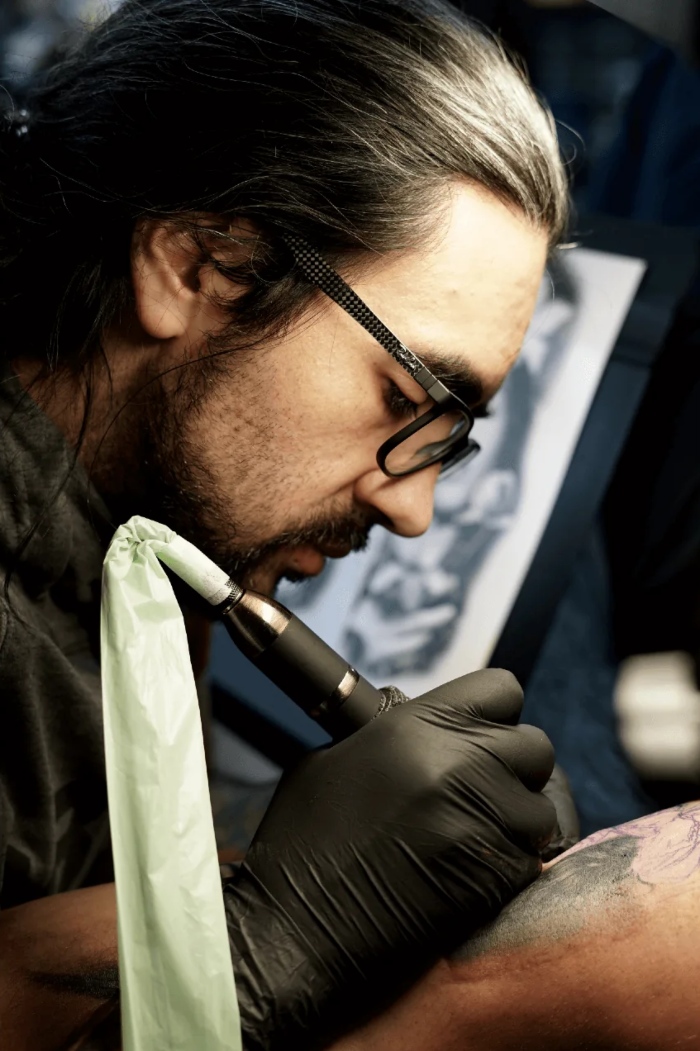
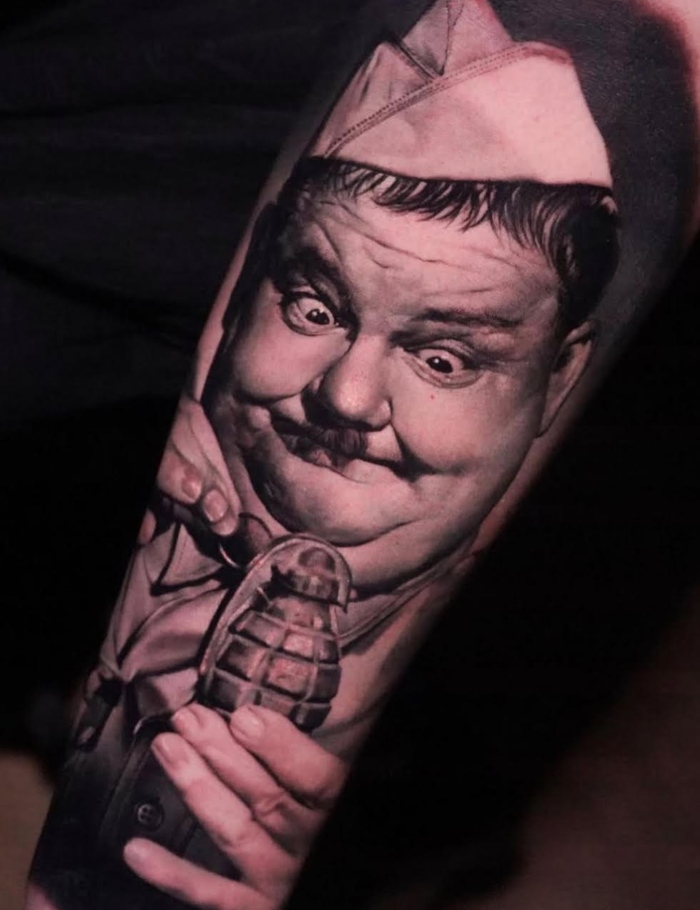
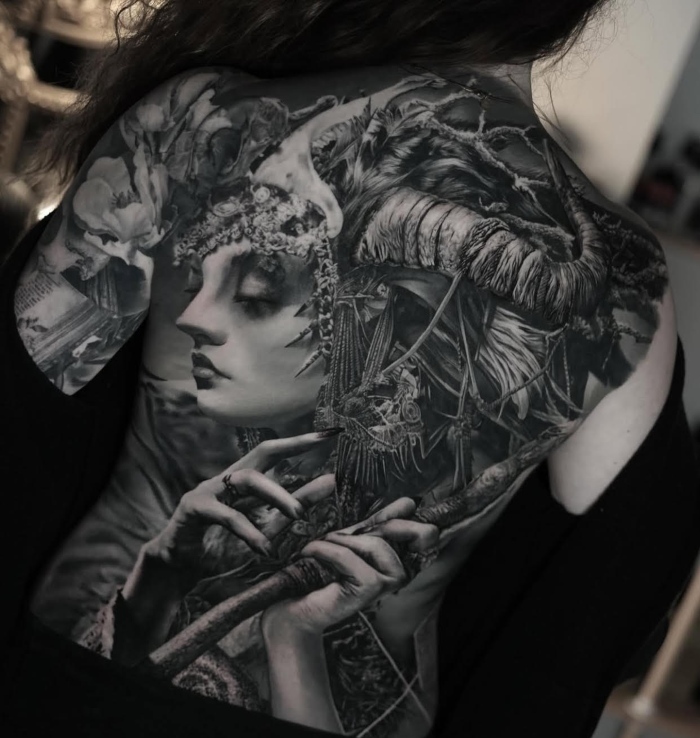
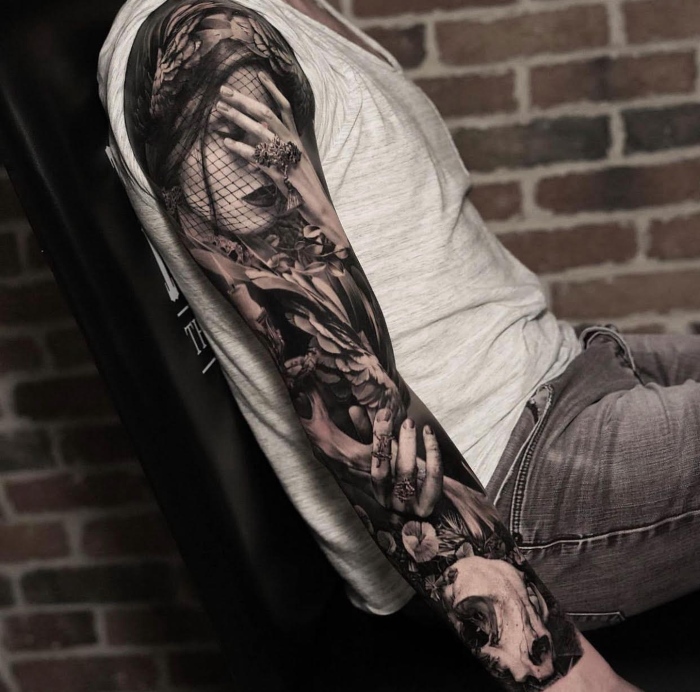
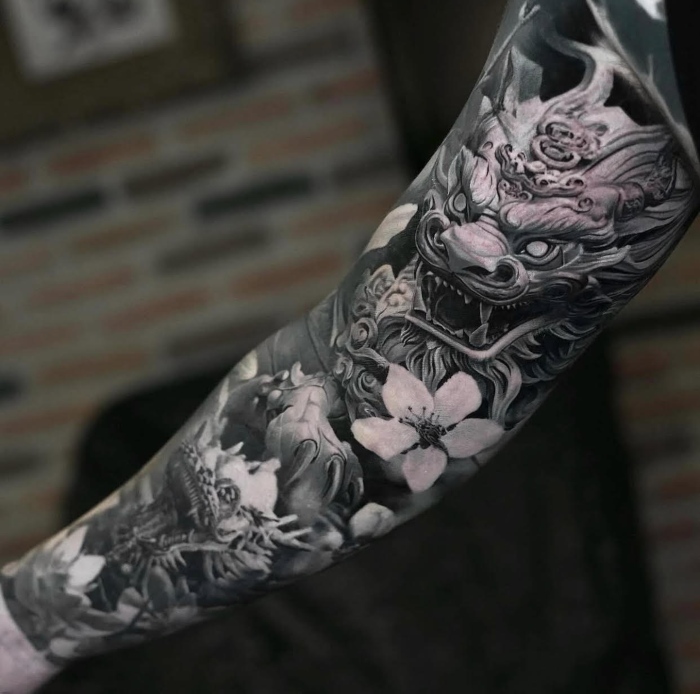
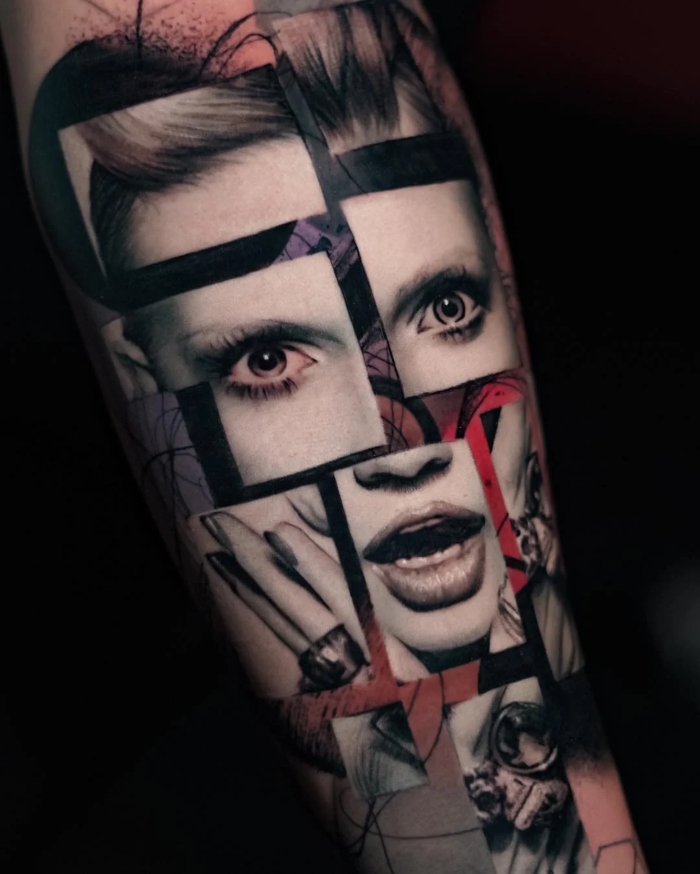


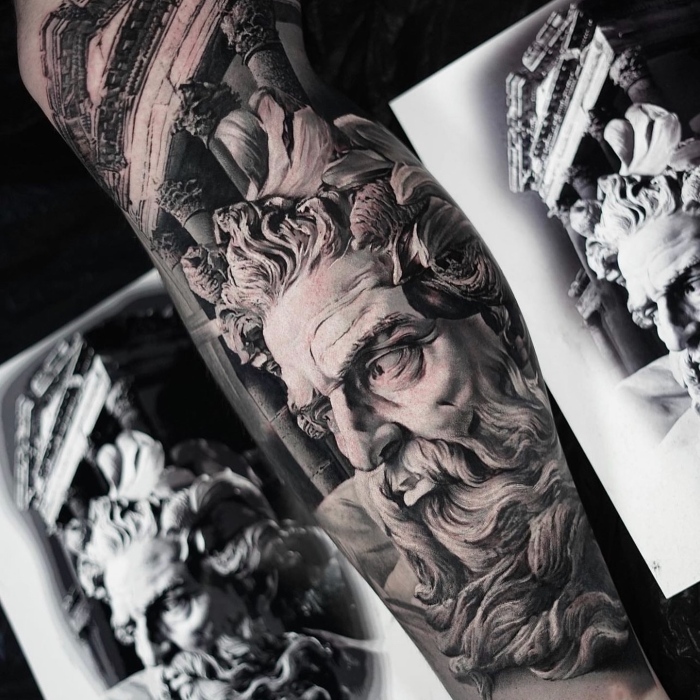
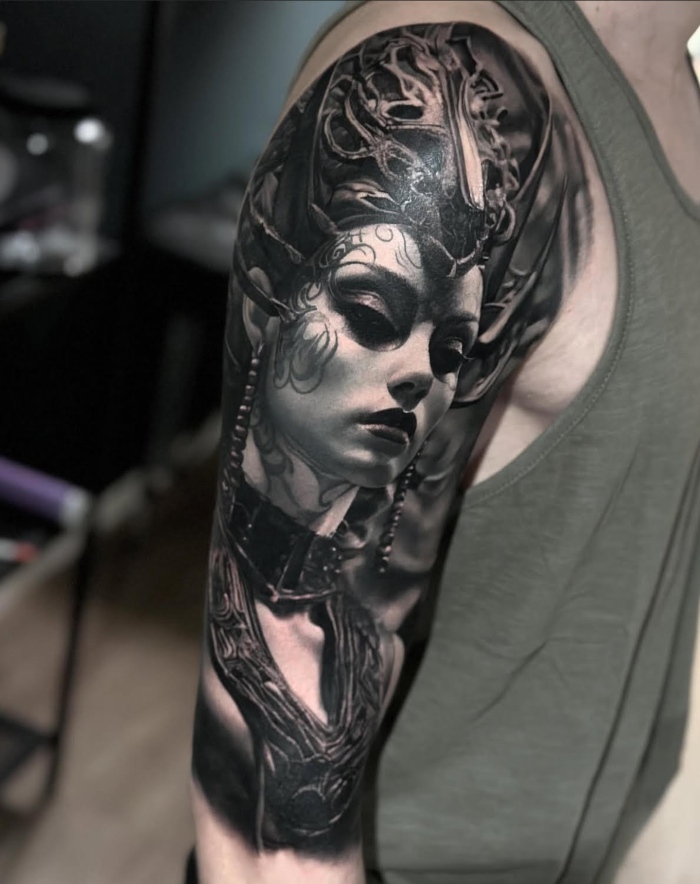

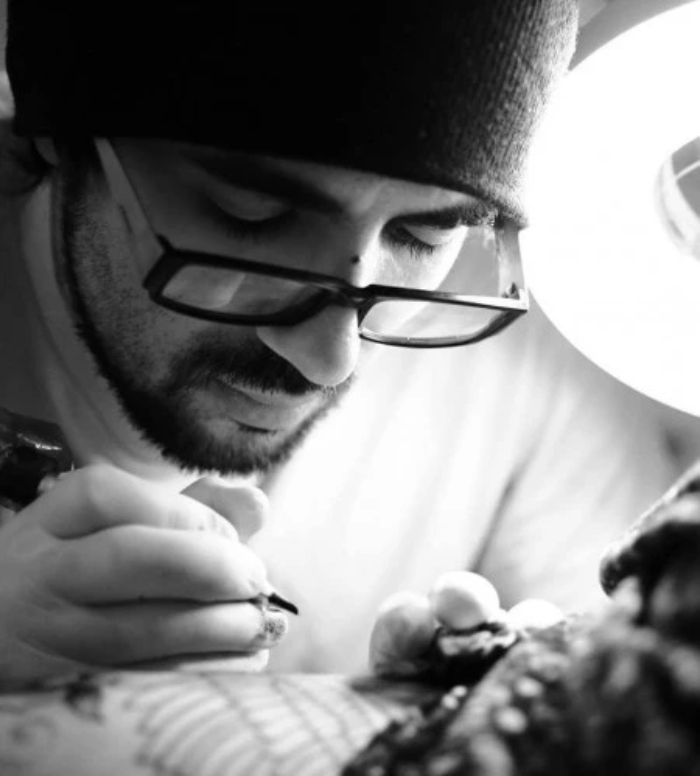

Leave A Comment